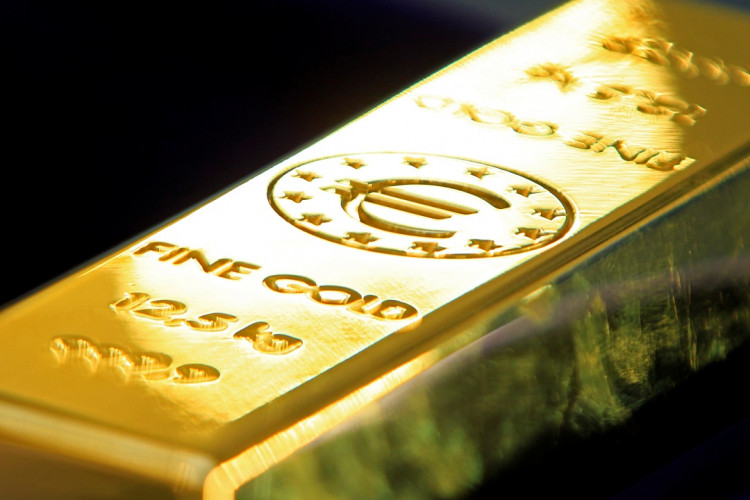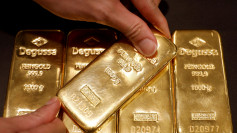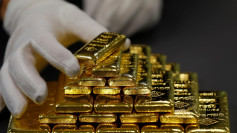Gold rallied for a fifth consecutive day on Monday, reaching a record high amid growing uncertainties tied to the U.S. election, escalating tensions in the Middle East, and expectations of central banks cutting interest rates. Silver also saw gains, hitting its highest level in nearly 12 years as investors turned to safe-haven assets.
Spot gold climbed 0.6% to $2,735.38 per ounce by midday in London, having earlier reached an all-time high of $2,736.86 per ounce. U.S. gold futures rose by 0.7% to $2,750.00 per ounce. The rise was fueled by political uncertainty surrounding the U.S. presidential election and deepening instability in the Middle East.
"The uncertainty of the U.S. presidential election outcome is one factor supporting hedging demand for gold," said UBS analyst Giovanni Staunovo. "The other is probably the geopolitical tensions in the Middle East." The closely contested race between former President Donald Trump and Vice President Kamala Harris has added to market jitters, prompting investors to seek the safety of gold.
Tensions in the Middle East continue to escalate, with Israel expanding its bombardment of Lebanon, targeting sites linked to Hezbollah's financial operations. Hundreds of residents in Beirut have fled their homes as Israeli forces move to eliminate Hezbollah's funding sources. Gold, often seen as a refuge during times of upheaval, has benefited from the escalating conflict.
The rally in gold has also been supported by strong demand from central banks. "We look for gold to reach $2,900 per ounce over the next 12 months, supported by further rate cuts by the Fed," added Staunovo. Traders are pricing in a 90% chance of the U.S. Federal Reserve lowering interest rates in November. Lower interest rates tend to make gold more attractive as a non-yielding asset.
Silver also experienced gains on Monday, rising by 1.1% to $34.02 per ounce, the highest level since late 2012. "There is little to stop silver's upward march if gold continues to set new highs," stated Kinesis Money in a note.
The People's Bank of China (PBoC) also played a role in boosting demand for precious metals. The PBoC's move to cut its prime loan borrowing rates increased the attractiveness of gold as a non-interest-paying asset. It also signals potential increased demand for gold from Chinese investors, who already represent the largest market for the commodity globally.
Despite recent gains, technical indicators suggest caution for gold investors. The Relative Strength Index (RSI) for gold is currently in overbought territory, which may signal a potential pullback. However, the broader uptrend for gold remains intact, and any corrections are likely to be short-lived.






